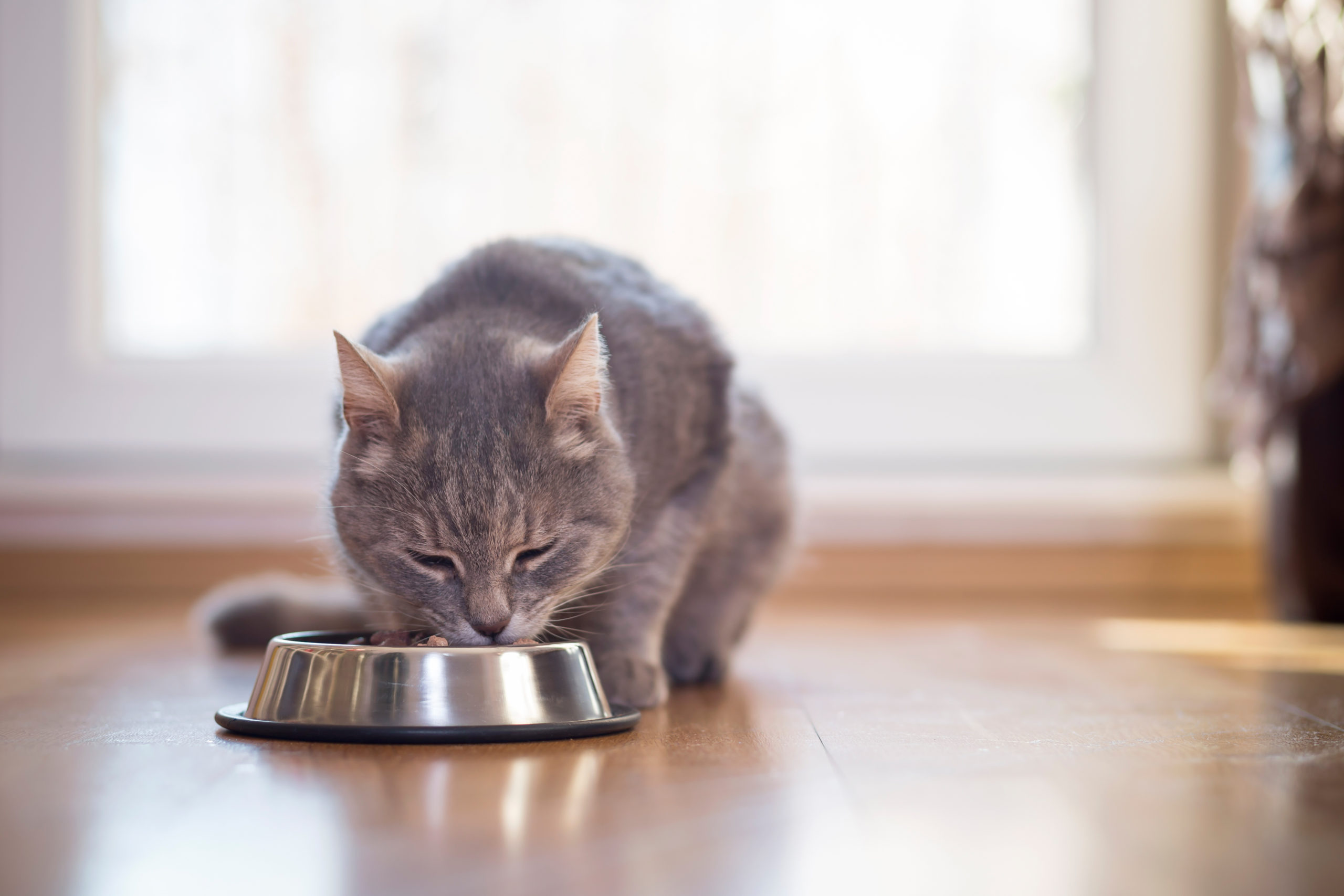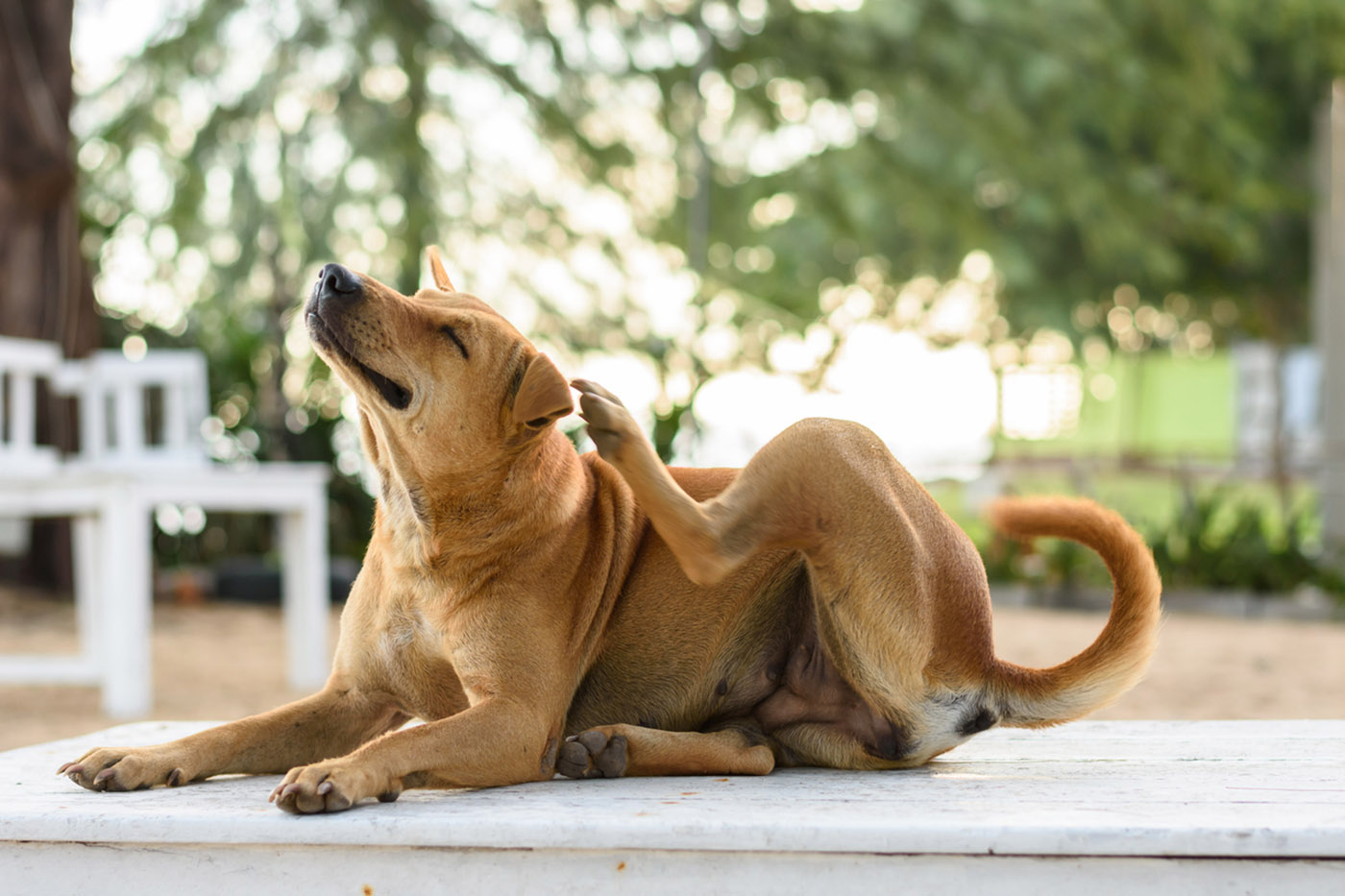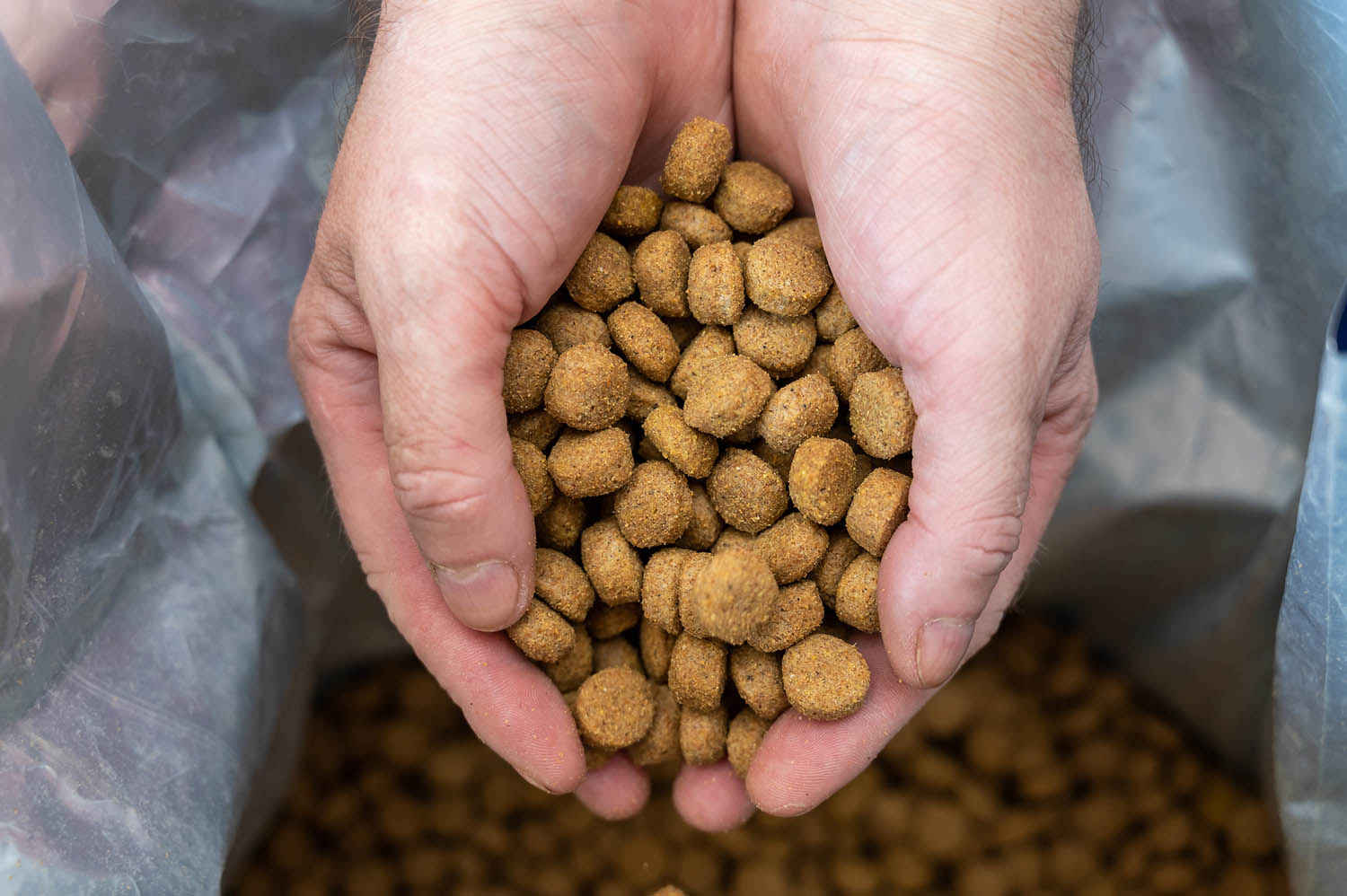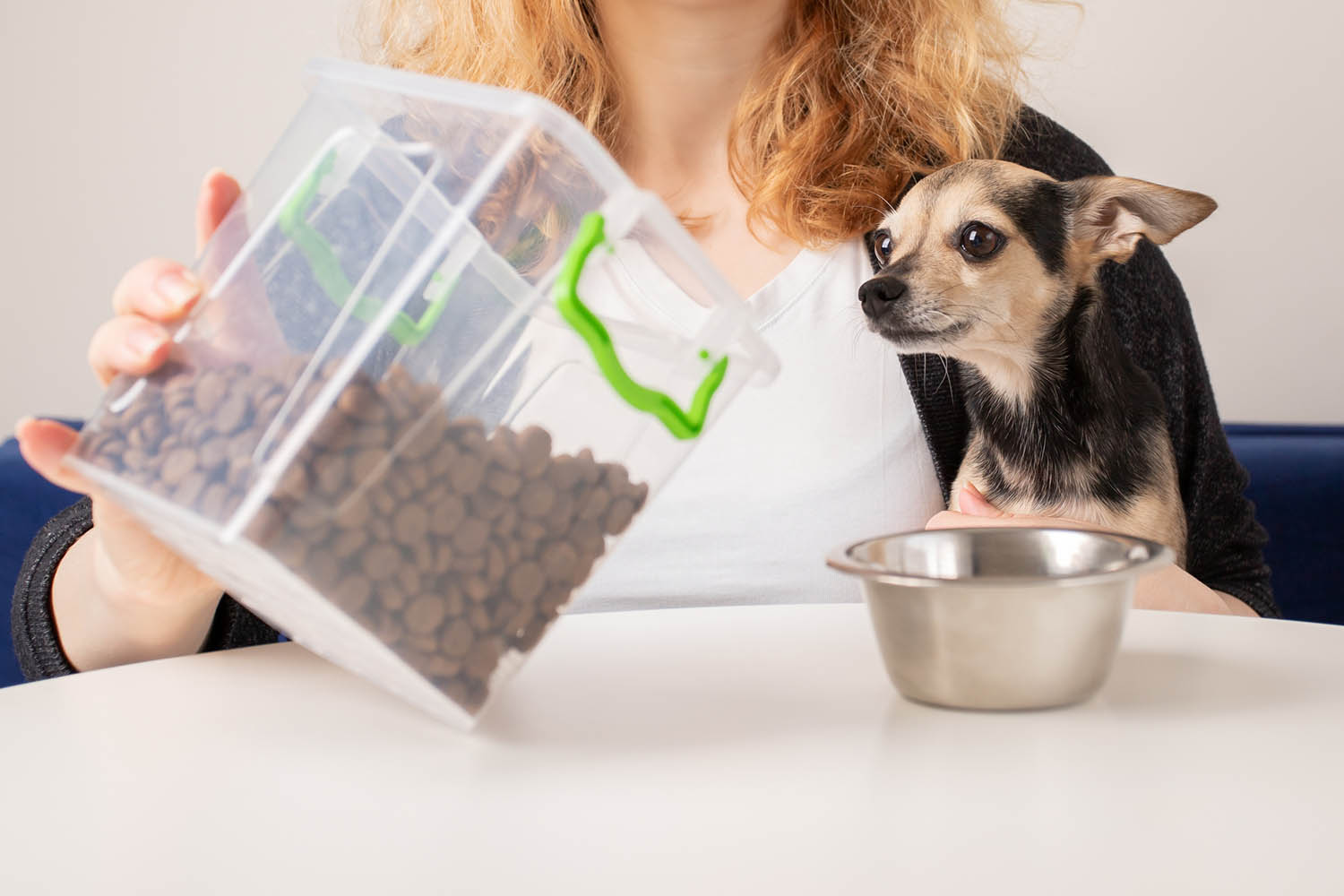Pet owners have a range of different options when choosing food for their cat or dog. One frequent question is whether a pet should be fed wet or dry food, among the many options available.
As you consider the food available for your pet, we provide some facts on wet pet food to help you learn more.
Cooking Process
One of the first things people notice when opening a wet pet food package is how different it looks from other pet foods. How is it cooked to make it look so different?
Once the ingredients in a pet food recipe are mixed together, a dry pet food typically goes through a process called extrusion, where it is cooked at a high temperature and under pressure. Wet food is not extruded, but rather poured into cans that are then vacuum-sealed and sterilized in a heat and steam chamber (a retort). This process serves as a safety measure to help eliminate pathogens such as Salmonella or E. coli.
Guaranteed Analysis
The Guaranteed Analysis (GA) is required on the label of pet food products and lists, at a minimum, the levels of protein, fat, fiber and moisture in the food. Additional nutrients also may be listed on a GA label if a product makes a claim that mentions a specific nutrient, such as calcium for teeth and bones.
The GA may be used to compare different pet foods. For example, wet pet food may look like it contains significantly less protein than dry pet food. However, since wet food contains more moisture than dry pet food, the overall percentages will appear different when comparing wet to dry. Remember to always first calculate the percentage of “dry matter” before comparing wet pet food to other options.
Oral Health
As pets age, they may be at increased risk of losing teeth and could suffer from periodontal disease. If your older pet is missing teeth and has increased difficulty chewing kibble, wet pet food may be an option that’s easier to chew. Remember, dental care is an important part of pet ownership. Click here to learn some tips on how to support your pet’s oral health.
Hydration
Does your cat not always drink enough water? Hydration is an essential component of pet health. From helping a pet maintain a regular temperature to enabling the body to operate normally, water is important to every key body function. This includes aiding in the digestion and absorption of nutrients in pet food, moving nutrients in and out of cells, cushioning joints and internal organs, and helping with elimination.
There are ways to help make sure your cat stays hydrated, such as leaving running water. Wet pet food can also be a helpful option in this regard. While wet pet food typically contains 75 to 78 percent moisture and can help pets get the hydration they need, keep in mind it should not be a substitute for fresh water.
Storage
Most wet pet food is canned, so it is easy to store in cabinets or pantries. Make sure to follow label directions after you open a can of food, including keeping an open can covered and refrigerated for a limited number of days. Remember to always store unopened pet food in a cool, dry location.
Wet pet food can provide complete and balanced nutrition while meeting your pet’s unique needs. Before determining what pet food is right for your pet, remember to always consult a veterinarian.
Now that you know more about wet pet food, want to get the facts on dry pet food? Here are four things you should know.



